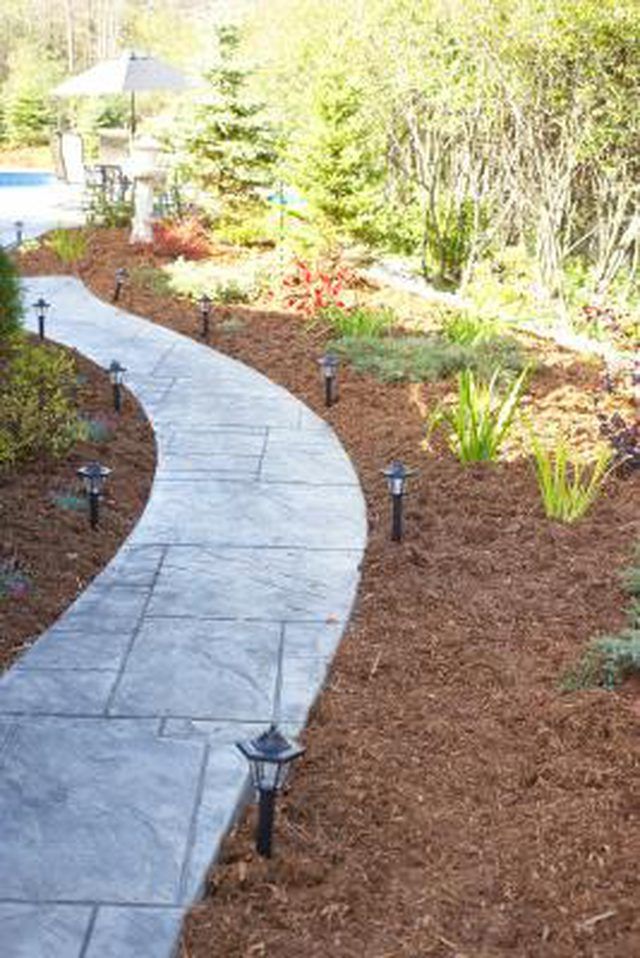Bulbs
Flower Basics
Flower Beds & Specialty Gardens
Flower Garden
Garden Furniture
Garden Gnomes
Garden Seeds
Garden Sheds
Garden Statues
Garden Tools & Supplies
Gardening Basics
Green & Organic
Groundcovers & Vines
Growing Annuals
Growing Basil
Growing Beans
Growing Berries
Growing Blueberries
Growing Cactus
Growing Corn
Growing Cotton
Growing Edibles
Growing Flowers
Growing Garlic
Growing Grapes
Growing Grass
Growing Herbs
Growing Jasmine
Growing Mint
Growing Mushrooms
Orchids
Growing Peanuts
Growing Perennials
Growing Plants
Growing Rosemary
Growing Roses
Growing Strawberries
Growing Sunflowers
Growing Thyme
Growing Tomatoes
Growing Tulips
Growing Vegetables
Herb Basics
Herb Garden
Indoor Growing
Landscaping Basics
Landscaping Patios
Landscaping Plants
Landscaping Shrubs
Landscaping Trees
Landscaping Walks & Pathways
Lawn Basics
Lawn Maintenance
Lawn Mowers
Lawn Ornaments
Lawn Planting
Lawn Tools
Outdoor Growing
Overall Landscape Planning
Pests, Weeds & Problems
Plant Basics
Rock Garden
Rose Garden
Shrubs
Soil
Specialty Gardens
Trees
Vegetable Garden
Yard Maintenance
How to Measure Garden and Landscape Square Footage
How to Measure Garden and Landscape Square Footage. Measuring square footage of the rectangles and squares of most planting beds is easy, but what do you do about the odd shapes that you find in garden spaces? Being able to accurately calculate the sizes of areas to be planted or amended with compost and fertilizers makes purchasing needed...

Measuring square footage of the rectangles and squares of most planting beds is easy, but what do you do about the odd shapes that you find in garden spaces? Being able to accurately calculate the sizes of areas to be planted or amended with compost and fertilizers makes purchasing needed landscaping products less of a guessing game -- cutting time and money spent on your yard.
Things You'll Need
Tape measure
Calculator
Paper and pencil
Make a basic sketch of the landscape areas you will be working on. Take measurements of all the basic sides and diameters of each landscape area with a tape measure and write them down on the sketch.
Break up the odd-shaped planting sections into different geometric figures -- circles, squares, triangles -- that will cover those extra spaces. Measure the rest of the distances needed for calculating those odd spaces. Use formulas for calculating the areas of those specific, smaller shapes and your measurements to calculate the square footage of each shape and section.
Add each area result together to make one grand total, encompassing the entire landscaped area.
Take measurements of the spaces that will not be included in a project, such as tree trunks, ornaments and pathways. Subtract these non-planted areas from the project totals. This gives you the final soil areas for each project.
Place orders for compost, fertilizers, ground cover plants, bedding plants, seeds, gravel, mulch or other garden supplies, based on the calculated area square footage for each part of the garden.
Keep a record of your measurements and mapping for future projects.